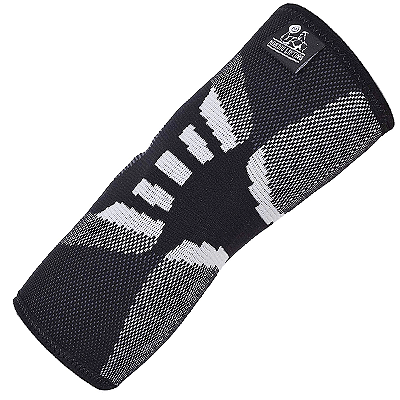

Tendinitis can be either acute (as a result of a sports injury, for example) or chronic (due to degenerative diseases, repetitive motions, or age-related wear and tear). This condition is characterized by inflammation of the tendons in the shoulder and bicep. Tendinitis often occurs in conjunction with bursitis. The most common cause of bursitis is repetitive motion injury, but this condition is also associated with arthritis, diabetes, gout, and thyroid disease. If you’ve experienced a shoulder injury or have chronic shoulder pain, it’s important to consult with your doctor to rule out an underlying illness or injury.Ĭommon shoulder injuries include: Bursitisīursitis occurs when the bursae – small, fluid-filled sacs that act as cushioning between the shoulder bones – become inflamed.

#BEST ELBOW COMPRESSION SLEEVE FOR LIFTING WEIGHTS PROFESSIONAL#
It should be kept in mind, however, that a shoulder brace is not intended to replace professional medical treatment. Shoulder braces can also help correct postural misalignments that can lead to shoulder pain. Shoulder braces aid in the recovery of shoulder injuries by stabilizing the shoulder joint and providing compression, which helps reduce inflammation. While this permits a wider range of movement, it also makes the shoulder less stable – and, therefore, more susceptible to injury – than the body’s other ball-and-socket joints. Unlike the hip, however, the shoulder socket is relatively shallow. It consists of two bones – the humerus (arm bone) and the scapula (shoulder blade) – and is surrounded by a network of muscles and ligaments that allow for a wide range of motion of the arm. Like the hip, the shoulder is a ball and socket joint. In order to understand how a shoulder brace can be useful in preventing and treating shoulder injuries, it’s important to consider the anatomy of the shoulder.


 0 kommentar(er)
0 kommentar(er)
